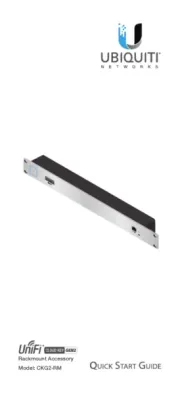Ubiquiti Networks Rocket 5ac Lite Manual
Ubiquiti Networks
Ikke kategoriseret
Rocket 5ac Lite
| Mærke: | Ubiquiti Networks |
| Kategori: | Ikke kategoriseret |
| Model: | Rocket 5ac Lite |
Har du brug for hjælp?
Hvis du har brug for hjælp til Ubiquiti Networks Rocket 5ac Lite stil et spørgsmål nedenfor, og andre brugere vil svare dig
Ikke kategoriseret Ubiquiti Networks Manualer

31 August 2024

31 August 2024

15 August 2024

3 August 2024

26 November 2023

18 December 2022

14 November 2022

18 Oktober 2022
Ikke kategoriseret Manualer
- Vonyx
- Hailo
- Hellberg
- AS - Schwabe
- Ruger
- Mahlkönig
- Magivaac
- Echowell
- Forno
- EQ-3
- Lunt Solar Systems
- Vantage Point
- Inglesina
- Havsö
- SoundPEATS
Nyeste Ikke kategoriseret Manualer

20 December 2025

20 December 2025

20 December 2025

20 December 2025

20 December 2025

20 December 2025

20 December 2025

20 December 2025

20 December 2025

20 December 2025
